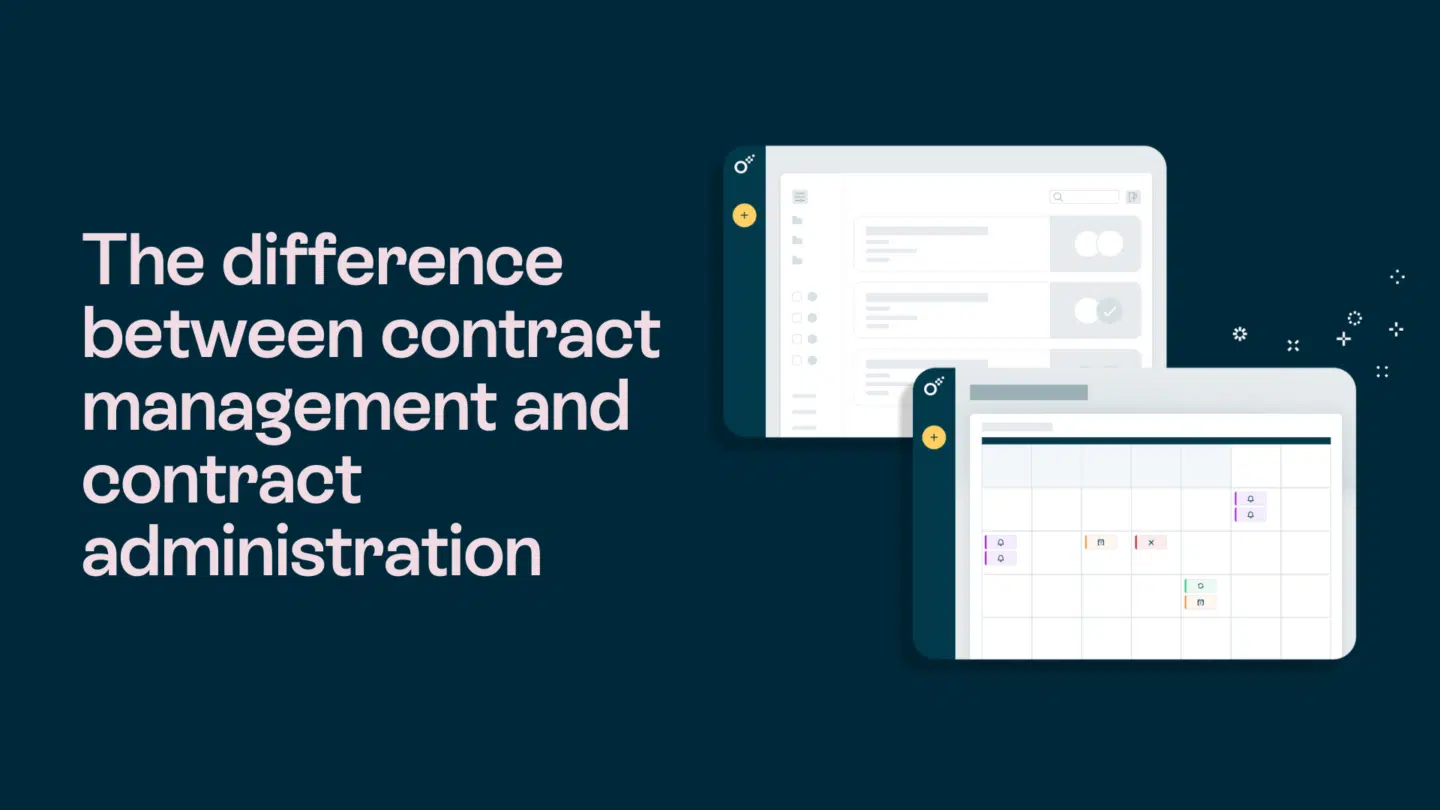In today’s fiercely competitive business landscape, where customers wield more power than ever before, mastering the art of customer experience strategy has become imperative for businesses aiming not just to survive but to thrive.
A robust customer experience strategy isn’t merely about satisfying customers; it’s about exceeding their expectations, fostering unwavering loyalty, and ultimately, driving sustainable growth. In this in-depth guide, we’ll explore the intricacies of crafting a winning customer experience strategy and unveil the transformative impact it can have on your business.
Why a great customer experience strategy is important?
Before delving into the specifics of crafting a customer experience strategy, let’s first underscore its significance. In a world inundated with choices, where consumers are inundated with a myriad of options at their fingertips, businesses must distinguish themselves not solely based on the quality of their products or services but also on the experiences they offer. A well-honed customer experience strategy serves as the cornerstone upon which businesses can build lasting relationships with their customers, driving loyalty, advocacy, and ultimately, revenue growth.
Read also: Why Oneflow is a contract platform for everyone

What makes a customer experience strategy great?
Crafting a successful customer experience strategy requires a multifaceted approach, encompassing various core components:
Customer understanding
The foundation of any effective strategy lies in a deep understanding of your target audience. Conduct thorough market research, analyze customer data, and create detailed customer personas to gain insights into their needs, preferences, and pain points.
Journey mapping
Map out the entire digital customer journey, from the initial touchpoint to post-purchase interactions. Identify key touchpoints and interactions across multiple channels to ensure a seamless and cohesive experience throughout the customer lifecycle.
Personalization
Tailor your interactions and communications to each customer based on their unique preferences, behavior, and demographics. Personalization enhances engagement and fosters a sense of connection with your brand.
Employee empowerment
Empower your employees with the training, tools, and autonomy needed to deliver exceptional customer service. Invest in their development and instill a customer-centric culture throughout your organization.
Technology utilization
Leverage technology to streamline processes, gather insights, and enhance customer interactions. Implement advanced CRM systems, AI business assistants, and analytics tools to drive efficiency and deliver personalized experiences at scale.
Emotional connection
Forge emotional connections with your customers by delivering memorable experiences that resonate with their values and aspirations. Emotional engagement drives brand loyalty and advocacy, fostering long-term relationships.
Accessibility and convenience
Prioritize accessibility and convenience by offering multiple communication channels, self-service options, and swift response times. Remove barriers to engagement and make it effortless for customers to interact with your brand.
Consistency
Maintain consistency in branding, messaging, and service delivery across all touchpoints. Consistency builds trust, so create a logo and branding elements that reinforce your brand identity, ensuring a cohesive and memorable customer experience.
Feedback integration
Actively solicit feedback from customers at every stage of their journey and leverage it to drive continuous improvement. Implement robust feedback mechanisms and demonstrate responsiveness to customer input.
Measurement and iteration
Continuously monitor and measure key performance indicators (KPIs) related to customer experience, such as Net Promoter Score (NPS) and customer satisfaction (CSAT). Use these insights to identify areas for enhancement and refine your strategy iteratively.
Community engagement
Foster a sense of community among your customers by creating opportunities for interaction and collaboration. Encourage user-generated content, host events, or facilitate online forums to cultivate a vibrant community around your brand.
Read also: The best business benefits of VoIP for B2B

Improving your customer experience strategy
With a comprehensive understanding of the core components of a customer experience strategy, it’s time to put your plan into action. Here’s a step-by-step roadmap to guide you through the implementation process:
Communicate your strategy:
Clearly articulate your customer experience strategy to all stakeholders within your organization. Ensure alignment across departments and foster a shared understanding of the overarching goals and objectives.
Empower your team
Provide your team with the necessary training, resources, and support to execute the strategy effectively. Empower them to make decisions autonomously and prioritize customer satisfaction in every interaction.
Leverage technology
Invest in the right technology solutions to support your customer experience strategy. Implement advanced CRM systems, omnichannel communication tools, and data analytics platforms to drive efficiency and personalization.
Measure performance
Regularly track and evaluate key performance indicators (KPIs) to gauge the success of your strategy. Monitor metrics such as customer satisfaction scores, retention rates, and referral rates to assess your progress.
Gather feedback
Actively solicit feedback from customers at various touchpoints throughout their journey. Utilize surveys, focus groups, and social listening tools to gain insights into customer perceptions and preferences.
Iterate and improve
Use customer feedback and performance data to identify areas for improvement and refine your strategy iteratively. Continuously iterate on your approach to stay ahead of evolving customer expectations and market dynamics.
The key takeaways
A well-executed customer experience strategy can be a game-changer for businesses seeking to differentiate themselves in a crowded marketplace. By prioritizing customer needs, fostering emotional connections, and delivering personalized experiences, you can build a loyal customer base that drives sustained growth and profitability.
Remember, crafting a successful customer experience strategy requires dedication, collaboration, and a relentless focus on the customer. By embracing these principles and leveraging the core components outlined in this guide, you can unlock the full potential of your business and create meaningful, lasting relationships with your customers.







